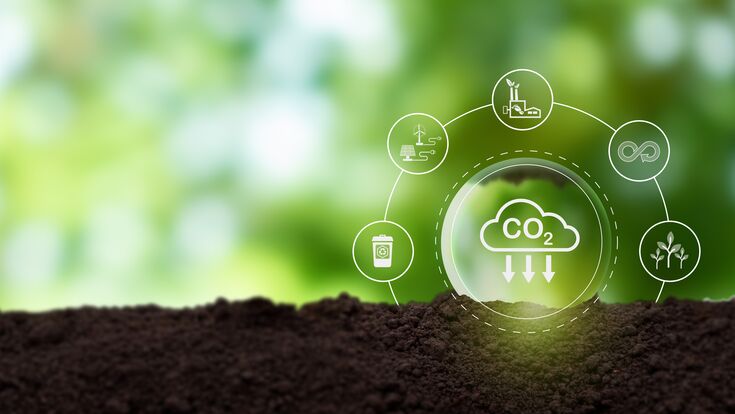CCUS and Waste-to-Energy : Waste-to-Energy in an Era of Decarbonization

One of the key topics discussed during this year’s ISWA World Congress was Waste-to-Energy (WtE) and the new technologies enabling the sector to exist in a circular economy.
The brand new WtE White Book on Technologies for WtE published by the ISWA Working Group on Energy Recovery was presented. This publication intends to assist stakeholders involved in developing Municipal Waste Management solutions in countries where EfW is not yet well-known or implemented.
Decarbonization is the well-known buzzword of today. But how can that apply for WtE? The solution is Carbon Capture Usage and Storage (CCUS). Johnny Stuen, chair of the ISWA Working Group on Energy discovery described philosophies upon developing a test pilot plant based on a large-scale industrial plant developed for other industries and processes.
Gunilla Carlson, Public Affairs Director of Swedish public-private company Sysav talked about the need for Carbon Capture Storage to reach the climate goals. She acknowledged that in times of an energy crisis a technology that is as energy intensive as CCS is quite challenging to install. “But WtE is here to stay for a while for waste management. And the sector needs CCS to keep business as usual for WtE in the future”, Carlson said. “Without CCS we cannot reach net zero.”
Ole Hedegaard Madsen, Director of Babcock & Wilcox, Denmark presented the company’s answer to the search for decarbonization. The company proved the feasibility of chemical looping. These technologies use metallic oxygen carriers to transfer the oxidizing agent to a fuel for full or partial combustion.
